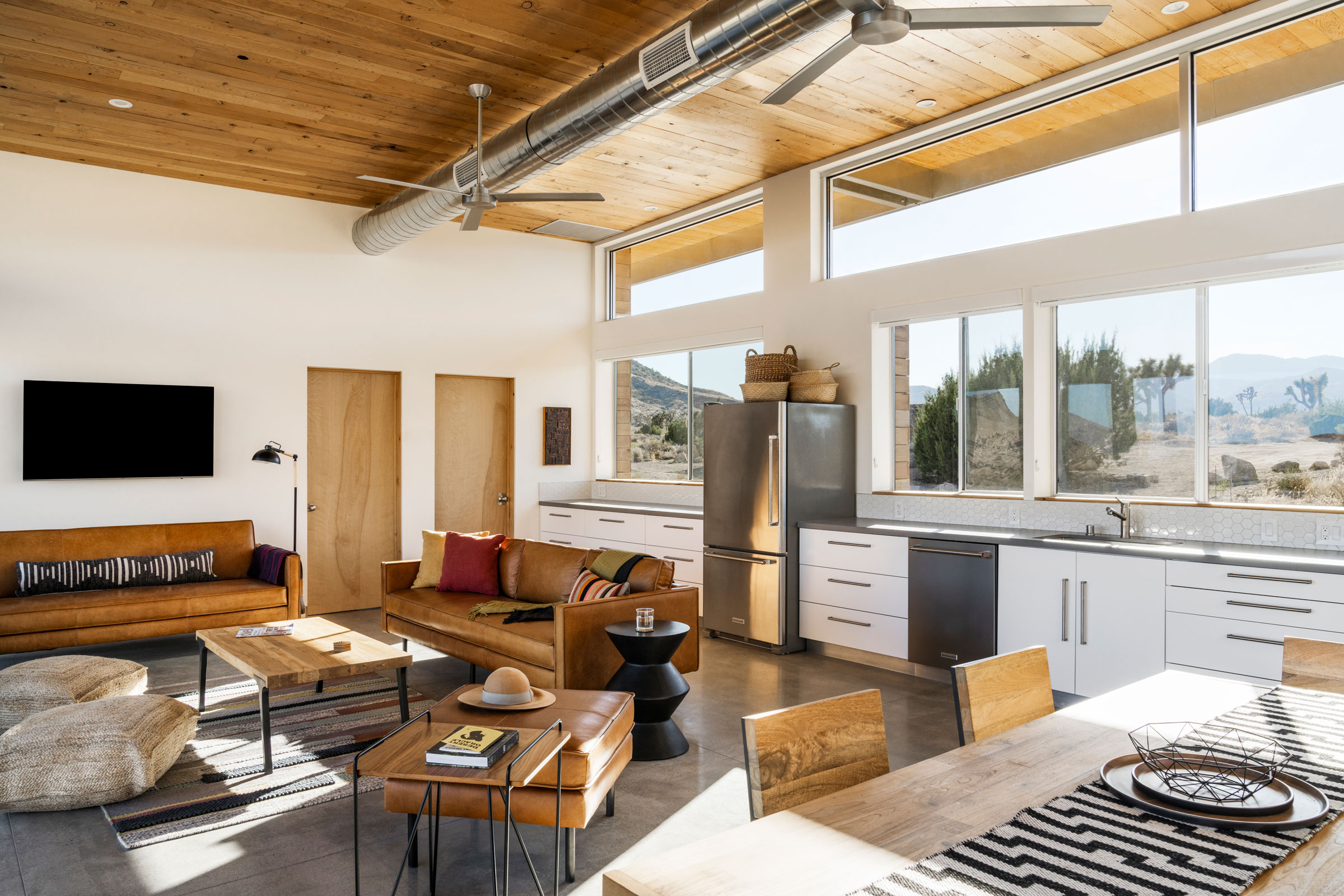
9 Passive Design Strategies to Inspire Your Next Project gb&d
1. Introduction The fact that in modern society approximately 90% of a person's lifespan is spent indoors (dwelling, education, work, leisure, etc.), a considerable and growing number of user-oriented research demonstrates the relevance of the quality of the indoor environment for our health and well-being.

PASSIVE DESIGN NATURAL DAYLIGHTING Ahmad Amiruddin
A passive sustainable design optimizes the location while achieving the right orientation for each building. This creates the right shading, and with the help of a thermal mass, it can take charge of the elements. During summer, the design brings in cool air, and during intense winters, it introduces the solar gains.

Sustainable Design Part Three The Basic Principles of Passive Design
Passive designing, as old as the tale of mankind, is the designing of spaces that naturally tackle the problems of heat, ventilation, and energy consumption. It considers the natural air movement, energy, and light to warm and cool the building concerning the behavior of the surrounding natural environment. Why?
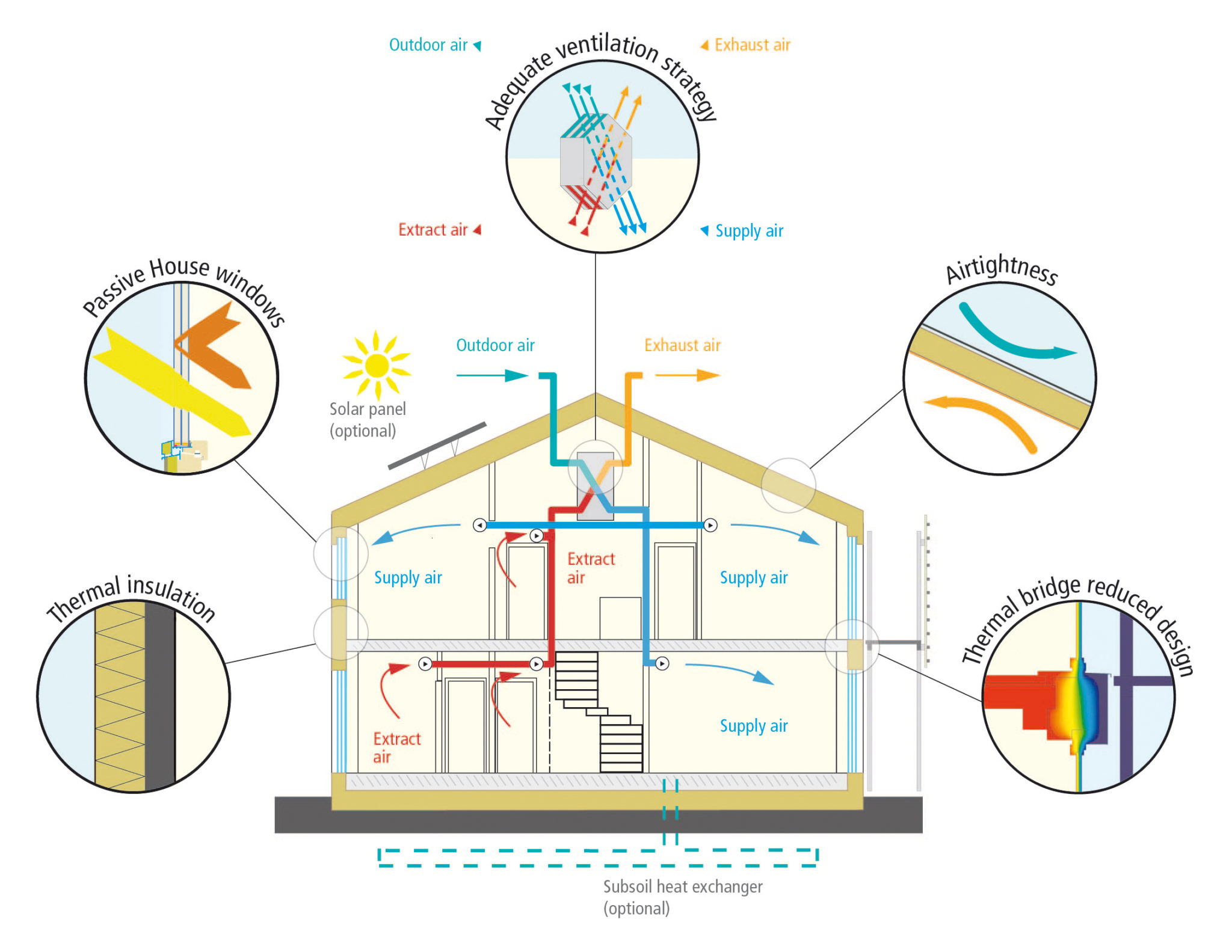
Passive House Field Green Design
With the current climatic situation being what it is, designing sustainable buildings that use passive strategies to their fullest is becoming vital. These strategies are cheaper than active strategies and more efficient. To attain sustainable building ratings, the designers emphasize using active features and neglecting passive elements defeating the purpose of sustainable design.
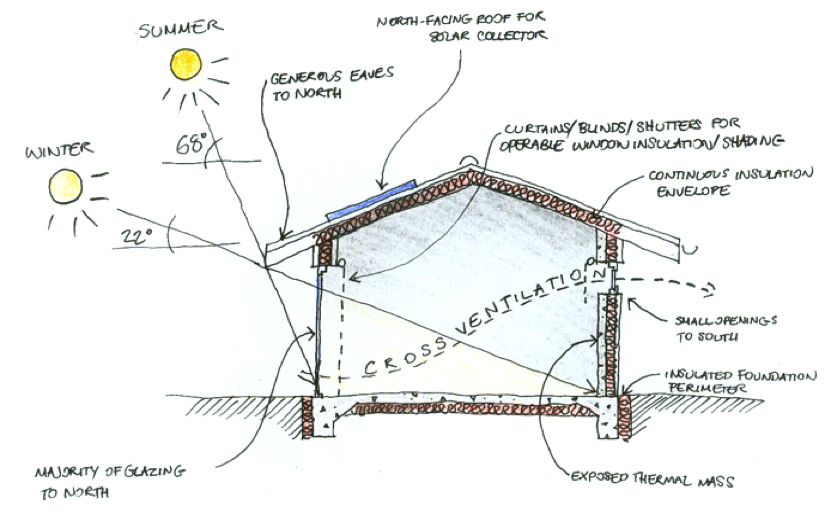
Passive solar design Eco Design Advisor
Passive solar design is an approach to building design that capitalizes on the sun's energy to heat, calm, and illuminate spaces without relying on mechanical systems such as HVAC or electric lighting.
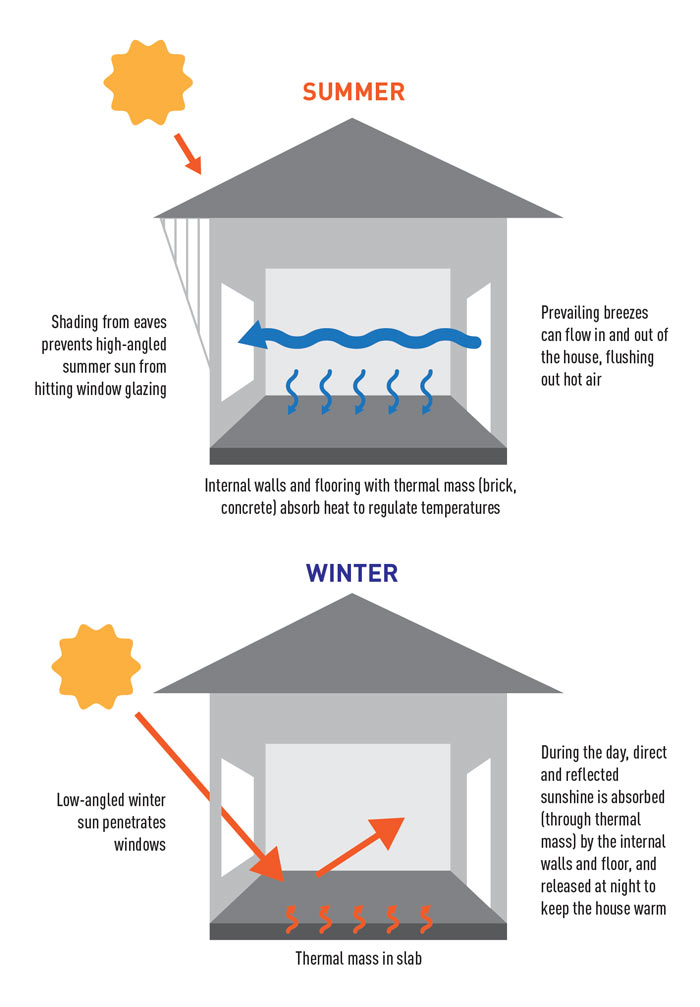
Sustainable home renovations CHOICE
Passive design is a method that utilizes natural elements to minimize the reliance on artificial climate control. Optimizing a building's layout, materials, openings, and orientation enhances environmental comfort and reduces energy consumption.When widely adopted, these strategies make buildings more eco-friendly.On the other hand, passive cooling systems are a type of building design that.
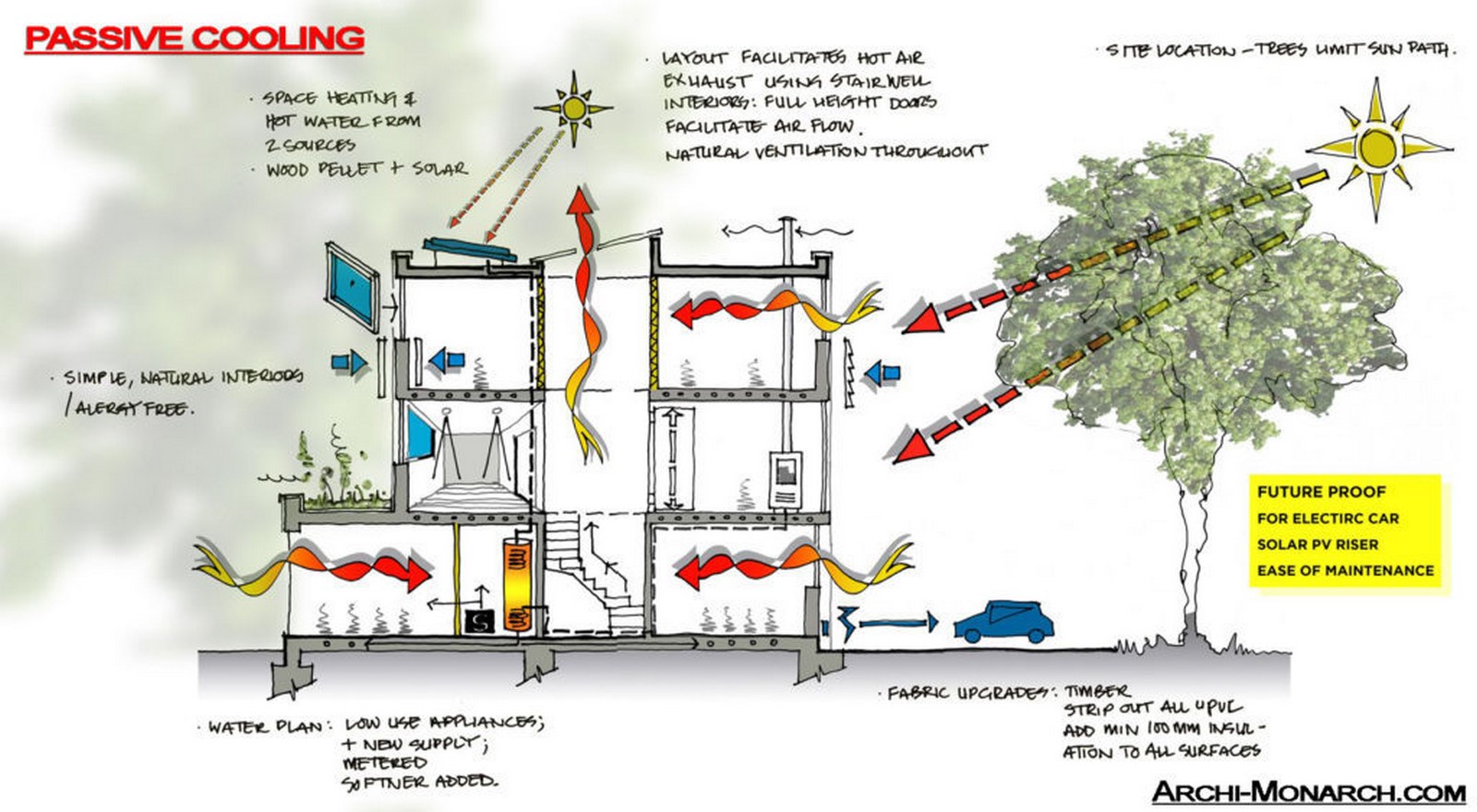
What are Passive Design Strategies? RTF Rethinking The Future
Passive design lies at the foundation of sustainable architecture. Using the inherent conditions of the site to a project's advantage, the different elements of passive design work together to provide thermal comfort and achieve energy efficiency. Copy link to this chapter Go to top Passive heating and cooling

a gray house with white trim and wooden steps
34 Sustainable Design Techniques. John Spacey, updated on March 21, 2021. Sustainable design is the practice of designing products, services and processes to be sustainable. This primarily means that designs minimize environmental impact and improve quality of life in communities they touch throughout their entire lifecycle.
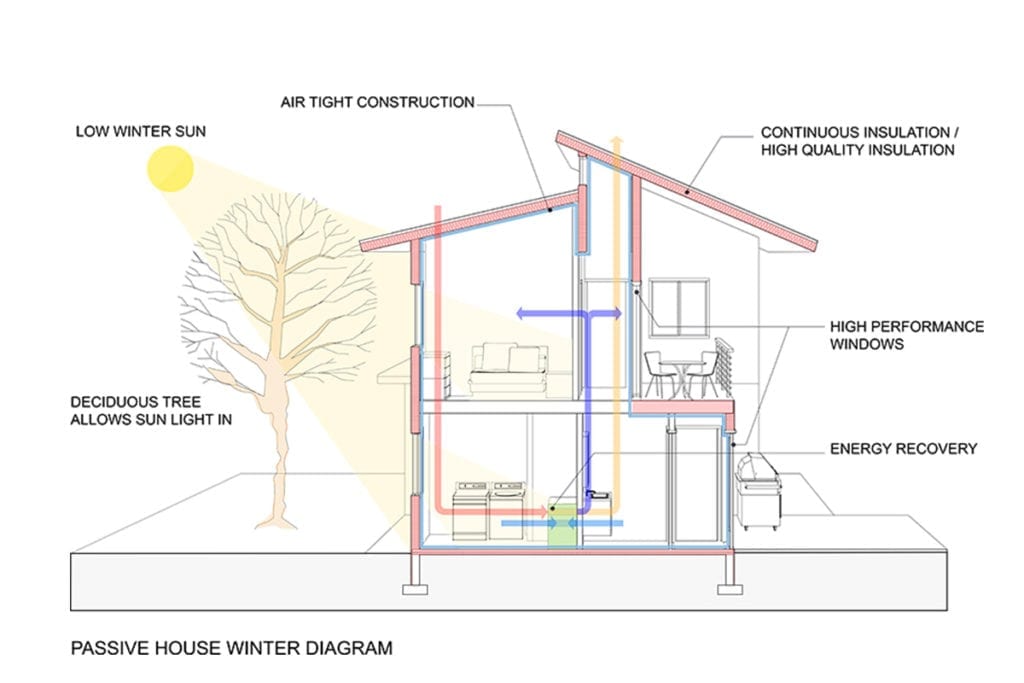
Passive House Design · Fontan Architecture
Passive design strategies encompass a set of sustainable architecture techniques that harness natural resources.

Passive House in a nutshell Ecocentric Design
Passive House Institute US (PHIUS) defines a "passive" building as being designed and built in accordance with five building-science principles. PHIUS says a passive design should employ continuous insulation throughout its entire envelope without any thermal bridging.

Passive solar design results in sustainable building Building & Decor
Passive solar design refers to the use of the sun's energy for the heating and cooling of living spaces by exposure to the sun. When sunlight strikes a building, the building materials can reflect, transmit, or absorb the solar radiation. In addition, the heat produced by the sun causes air movement that can be predictable in designed spaces.

Passive design and sustainable materials in a Victorian cottage Architecture & Design
Abstract Passive design has recently received increasing attention as an option to reduce energy consumption, abate carbon footprint and alleviate energy bills of buildings by taking advantage of local climatic conditions and building features.

Sustainable Design — Lantz Full Circle
Dive Deeper Building Massing & Orientation Massing and orientation are important design factors to consider for visual comfort, or daylighting. Many of the strategies are similar to those for passive heating, but also different factors, such as glare, to consider. Passive Heating

How to create a green home Completehome
1. Passive Design Techniques Strategically orient buildings to optimize natural light and airflow, reducing energy consumption by minimizing the need for mechanical systems. This approach enhances occupant comfort and significantly decreases the project's carbon footprint. 2. Energy-Efficient Technologies
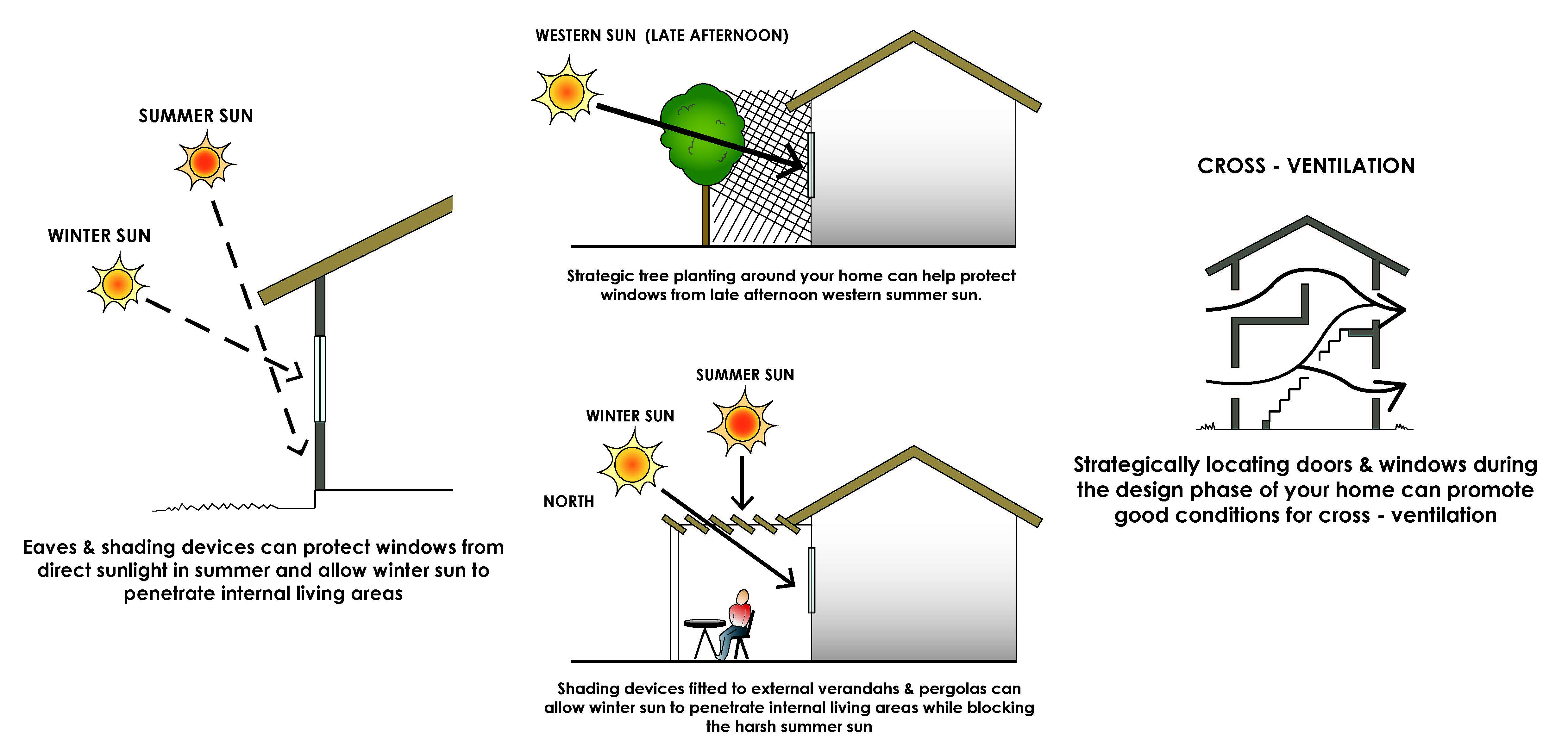
What is Passive Design & How Does It Save You Money? Lanser
Passive design strategies refer to a set of design approaches that focus on utilizing the natural environment to provide heating, cooling, ventilation, and lighting to a building. Unlike active design strategies that rely on mechanical systems and processes, passive design strategies depend on the laws of nature.
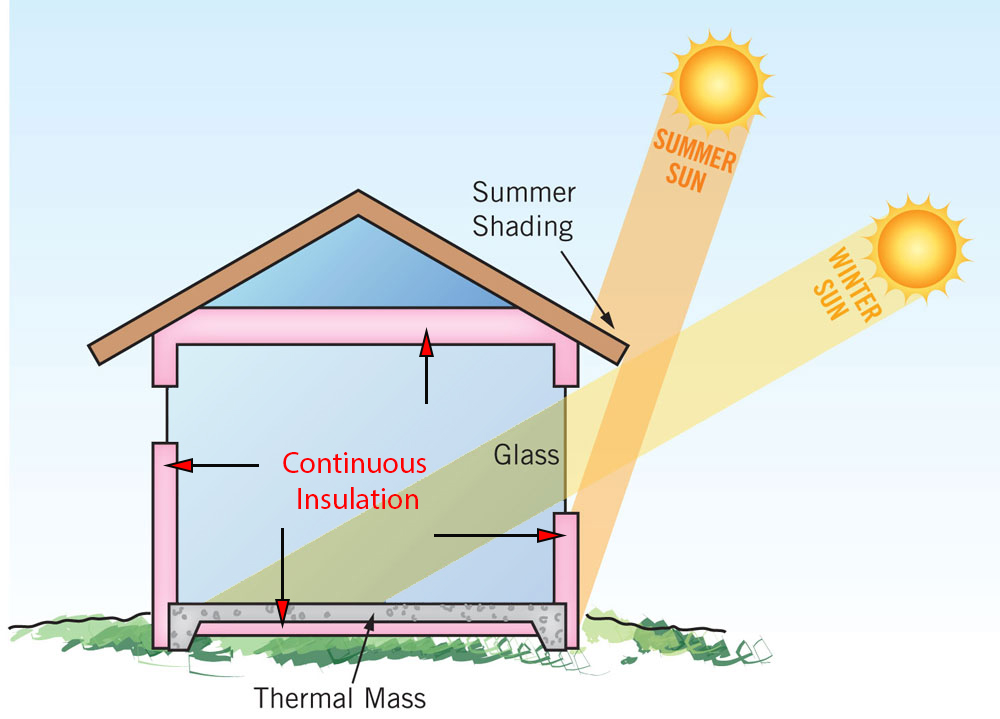
Passive solar design Eco Design Advisor
Passive Solar design refers to the use of the sun's energy for the heating and cooling of living spaces. In this approach, the building itself, or some element of it, takes advantage of natural properties of materials and air created by exposure to the sun.